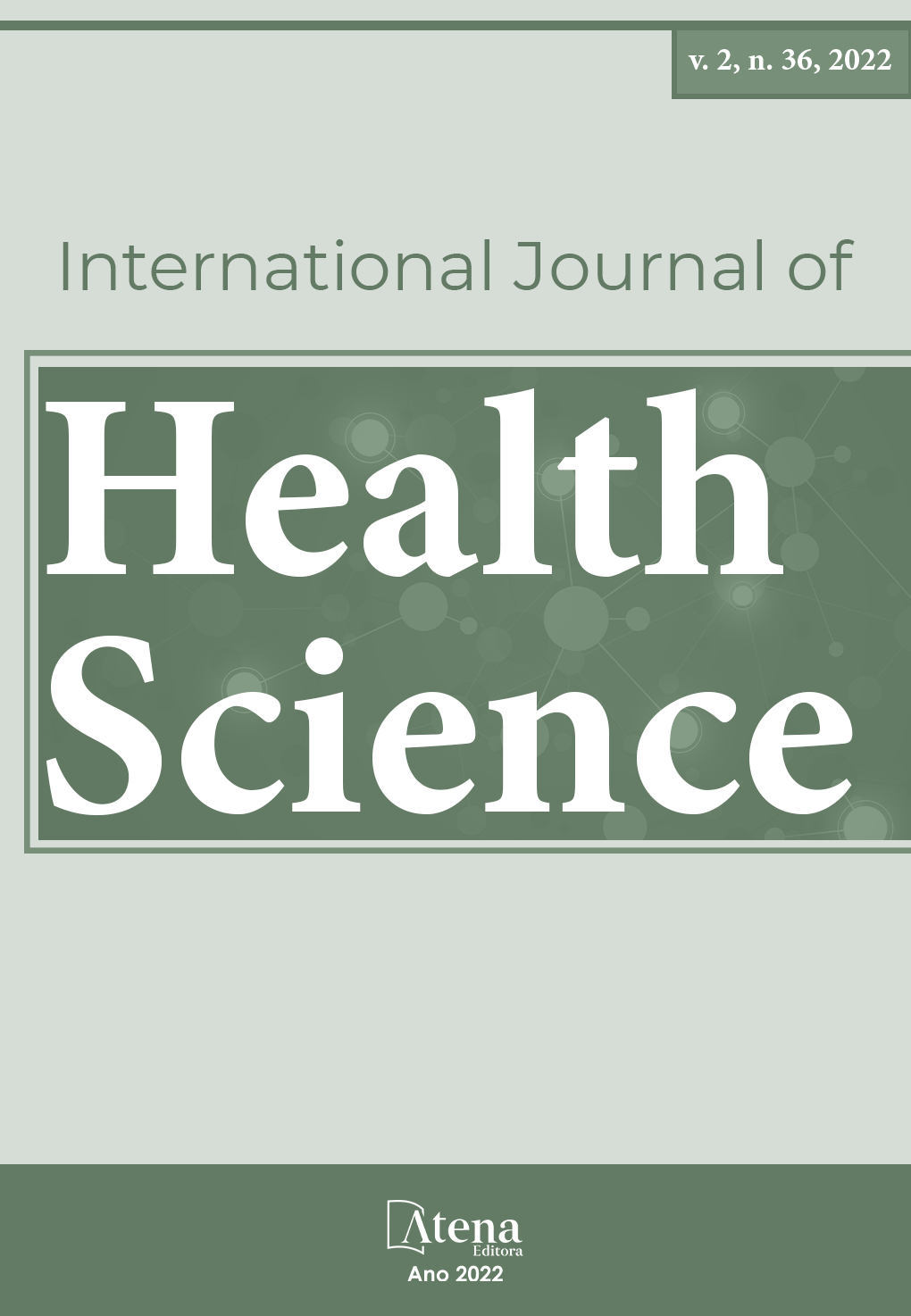
USE OF NON-INVASIVE CARE TECHNOLOGIES OBSTETRIC NURSING IN HIGH RISK PREGNANCY
The obstetric care model in force in Brazil is characterized by medicalization, intervention and valorization of invasive technologies. Since the 1970s, a care model focused on controlling the female body has been consolidated in the country1. In contrast, also in this period, social movements led by women gained strength by demanding the improvement of sexual, social and reproductive rights, as well as the rescue of protagonism through attitudes of respect for female autonomy.2. Since then, there has been a search for a redirection of assistance to the humanized model, in which nursing care is more evident because it focuses on the conception of childbirth as a physiological and singular event. In this sense, Nursing uses Health Care Technologies in its daily care and specifically in the area of women's health, this concept can be envisioned as Non-invasive Obstetric Nursing Care Technologies (TNICEO), which consist of knowledge and procedures used. by nurses as a way of offering other options to the parturition process1. Since the TNICEO are consolidated as a knowledge of Nursing regardless of the field of action, what is specifically observed in the high-risk scenario is that it already involves multiple stressors. This context causes many women with associated obstetric risk to develop feelings of guilt for not feeling able to conduct the pregnancy in a habitual way, compared to healthy pregnant women. The feelings of these women are aggravated by the greater need for hospitalization, which is common in high-risk pregnancies, which ends up confirming that they have fear, doubts, fears, uncertainties and concerns about the proximity of childbirth.3. Faced with this problem and understanding that obstetric nursing care aims to provide comprehensive care and the physical and emotional well-being of all women, this study was based on the following guiding question: How TNICEO are used in women's nursing care with a high-risk pregnancy?
USE OF NON-INVASIVE CARE TECHNOLOGIES OBSTETRIC NURSING IN HIGH RISK PREGNANCY
-
DOI: 10.22533/at.ed.1592362211071
-
Palavras-chave: Nursing Care; High Risk Management ; Technology; Obstetric Nursing; Women's Health.
-
Keywords: Nursing Care; High Risk Management ; Technology; Obstetric Nursing; Women's Health.
-
Abstract:
The obstetric care model in force in Brazil is characterized by medicalization, intervention and valorization of invasive technologies. Since the 1970s, a care model focused on controlling the female body has been consolidated in the country1. In contrast, also in this period, social movements led by women gained strength by demanding the improvement of sexual, social and reproductive rights, as well as the rescue of protagonism through attitudes of respect for female autonomy.2. Since then, there has been a search for a redirection of assistance to the humanized model, in which nursing care is more evident because it focuses on the conception of childbirth as a physiological and singular event. In this sense, Nursing uses Health Care Technologies in its daily care and specifically in the area of women's health, this concept can be envisioned as Non-invasive Obstetric Nursing Care Technologies (TNICEO), which consist of knowledge and procedures used. by nurses as a way of offering other options to the parturition process1. Since the TNICEO are consolidated as a knowledge of Nursing regardless of the field of action, what is specifically observed in the high-risk scenario is that it already involves multiple stressors. This context causes many women with associated obstetric risk to develop feelings of guilt for not feeling able to conduct the pregnancy in a habitual way, compared to healthy pregnant women. The feelings of these women are aggravated by the greater need for hospitalization, which is common in high-risk pregnancies, which ends up confirming that they have fear, doubts, fears, uncertainties and concerns about the proximity of childbirth.3. Faced with this problem and understanding that obstetric nursing care aims to provide comprehensive care and the physical and emotional well-being of all women, this study was based on the following guiding question: How TNICEO are used in women's nursing care with a high-risk pregnancy?
-
Número de páginas: 5
- Adriana Lenho de Figueiredo Pereira
- LANA PRISCILA ARES


